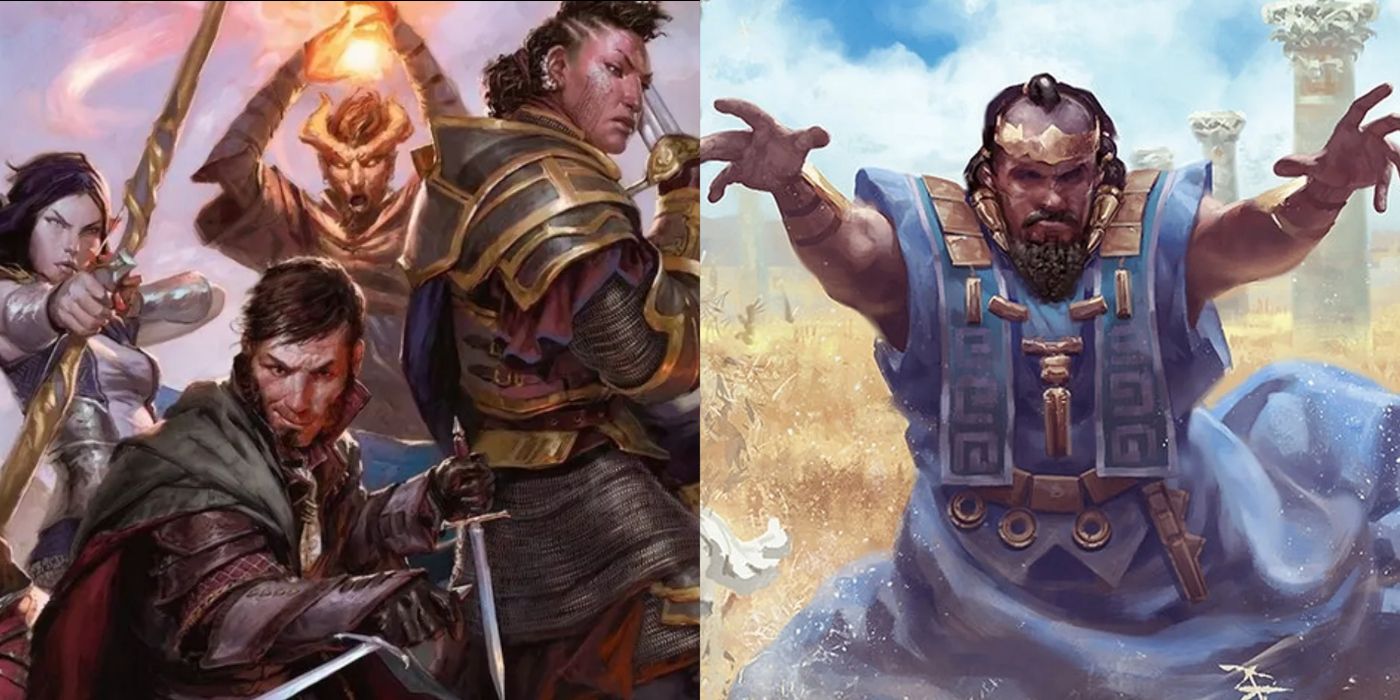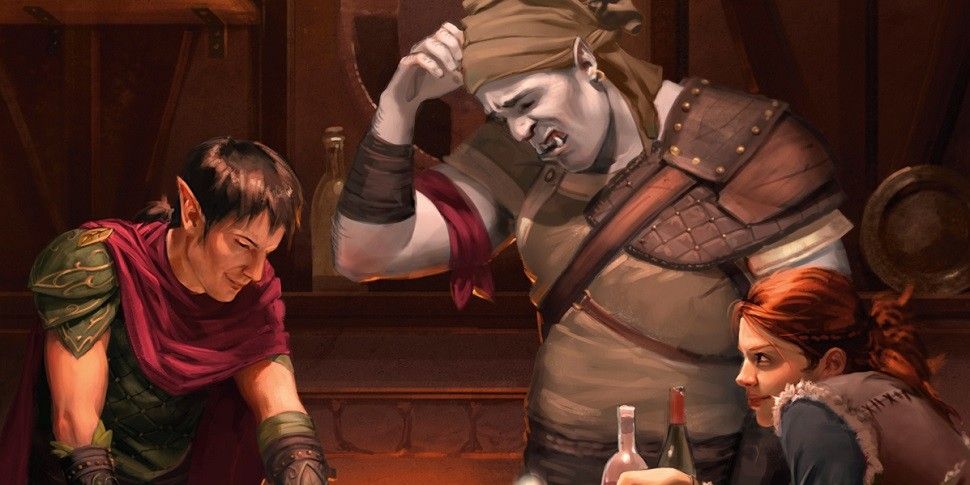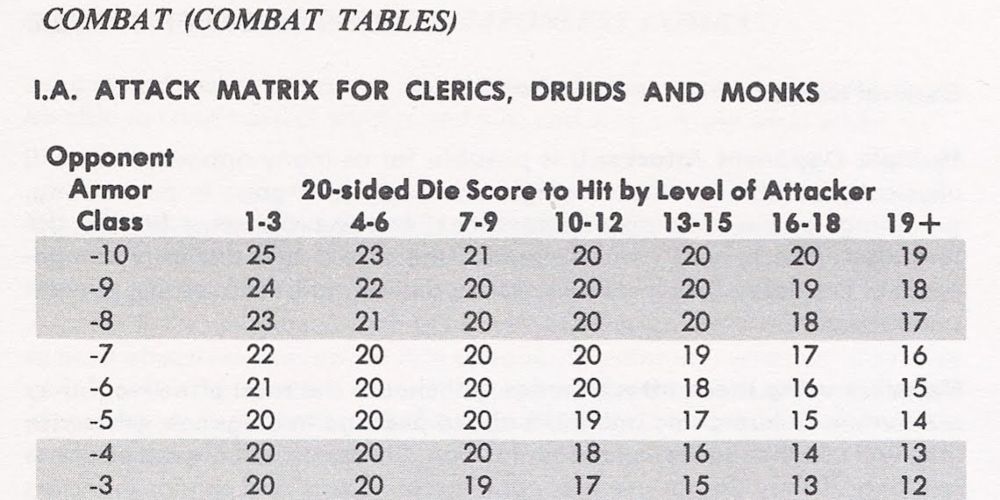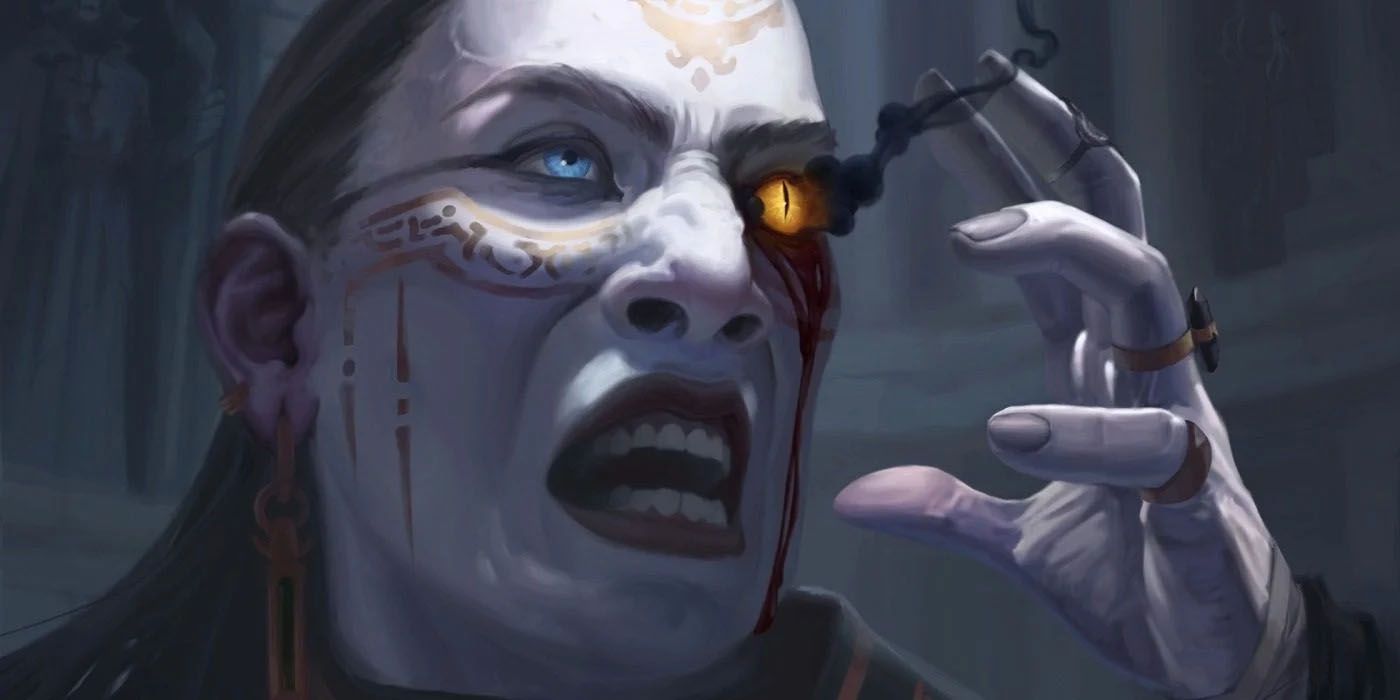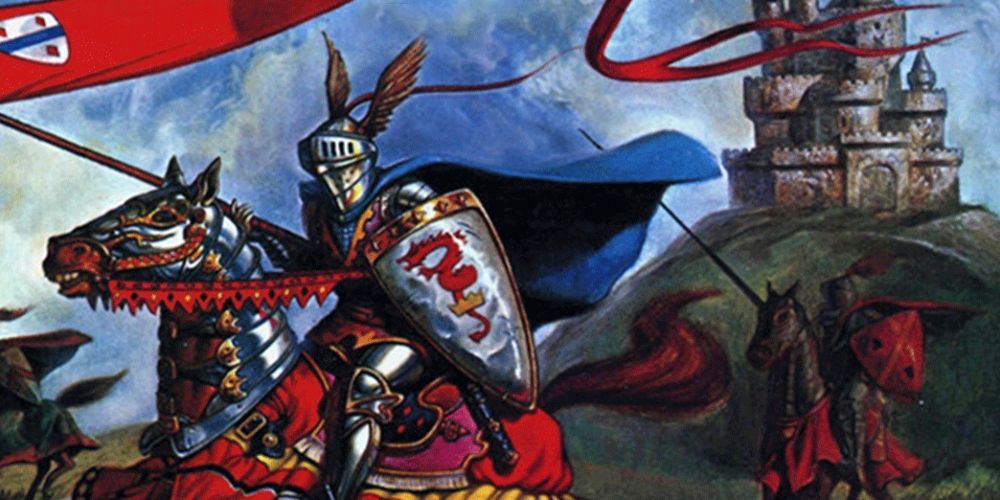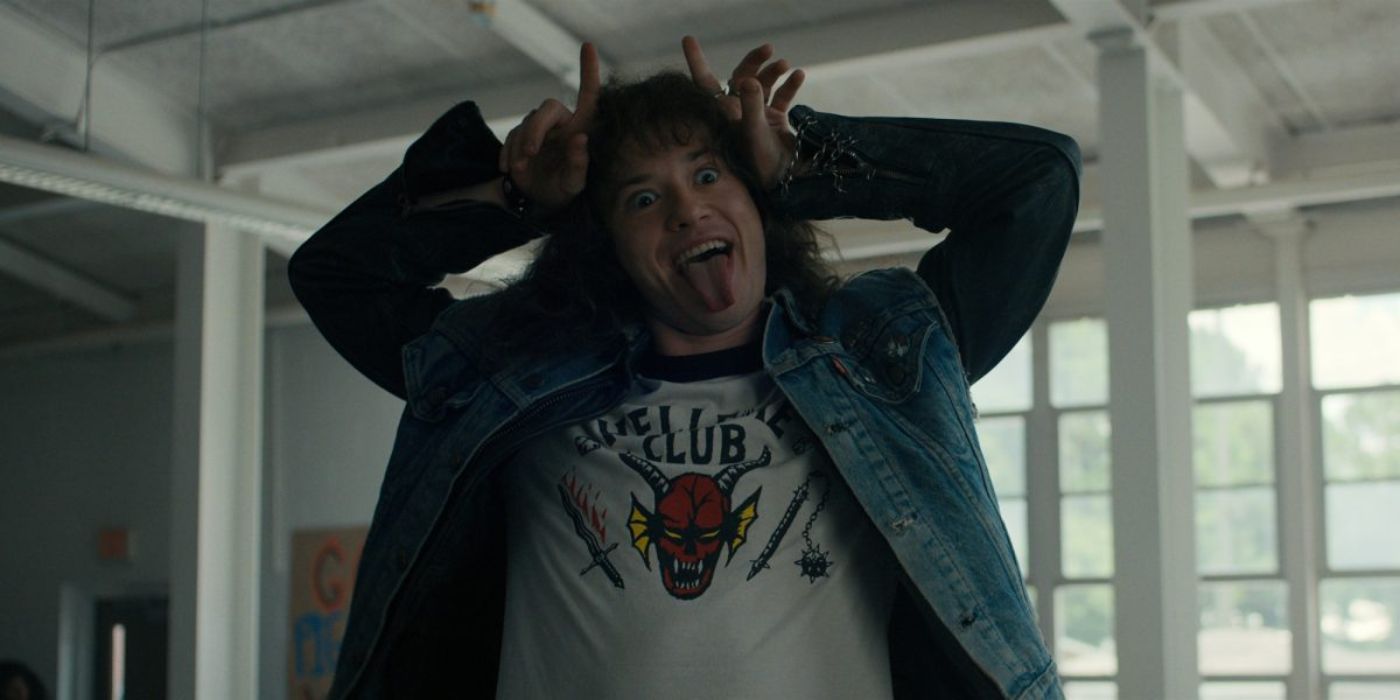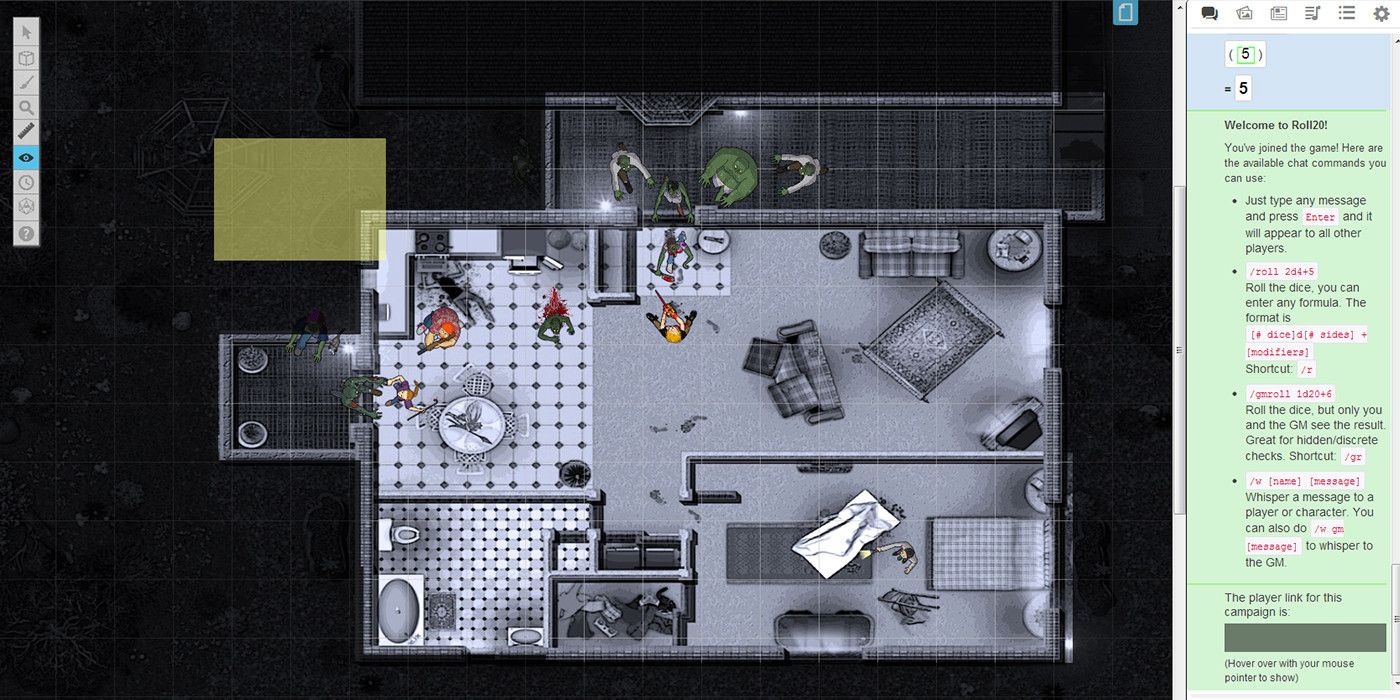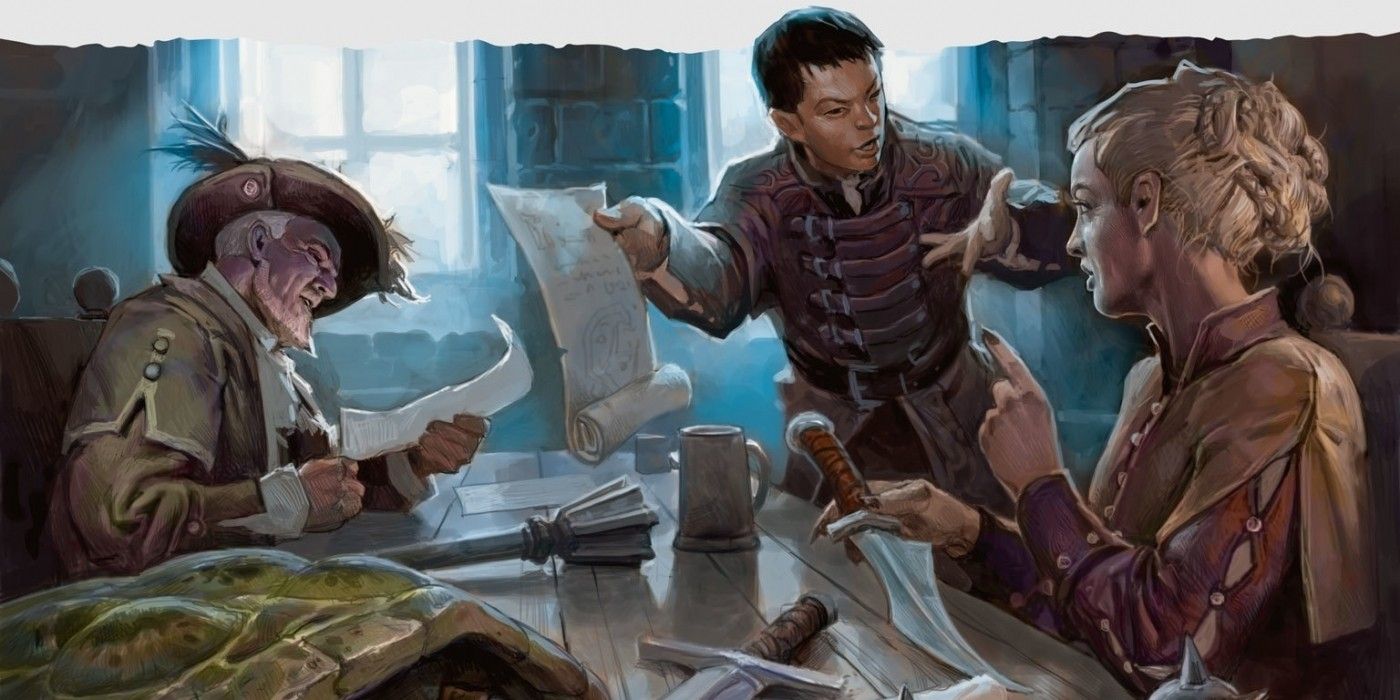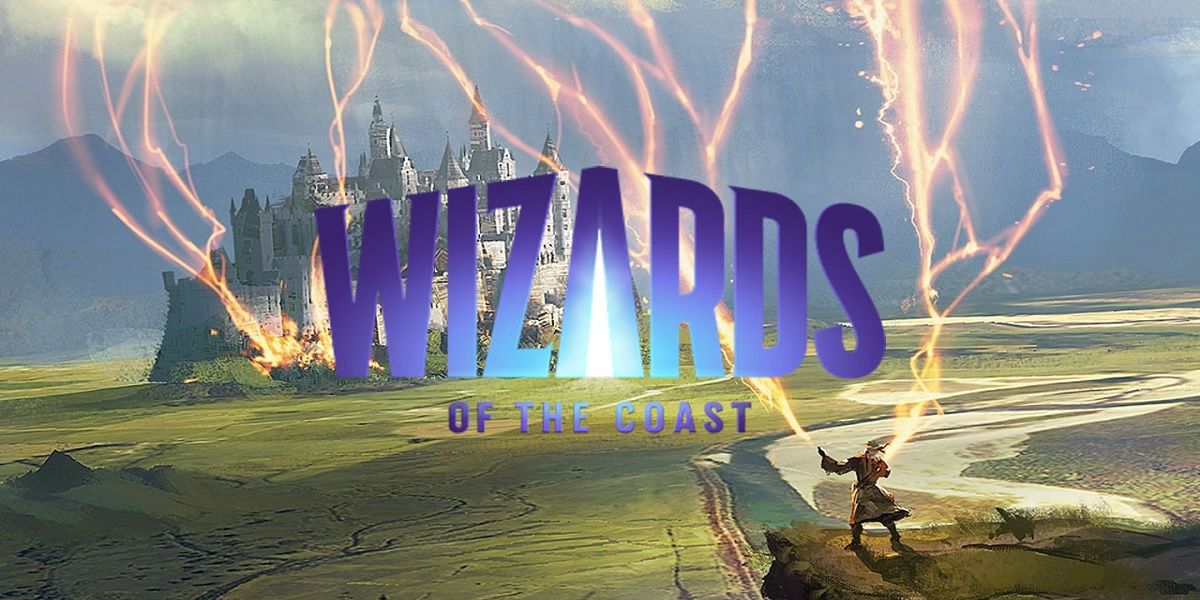Dungeons and Dragons has been around since the 70s when creator Gary Gygax founded TSR and released the game’s early editions. It only grew in popularity between its inception and today, as it released more and more settings, modules, and lore. Major changes rocked D&D in the 90s, and the game expanded.
From Wizards of the Coast buying the franchise to the release of infamous adventure modules, there were many trends in 90s D&D. The game continued to evolve into the 2000s and up to today. Not all of these trends were positive, though, as there are many best left in the past.
8 Gatekeeping The Game As A Niche Hobby
Many things can ruin a D&D campaign, and gatekeeping is one of them. While D&D had a large fan base by the 90s, it was still a niche hobby. Unfortunately, niche hobbies often attract gatekeepers who insist that any new player is not “a true fan.”
Without the internet to help new players research rules and lore, the primary way fans learned to play D&D was to either have a mentor or buy and study the books. With gatekeepers carefully guarding their parties, it was often difficult for outsiders to break into a group. As online play facilitated learning, teaching, and playing, the game became more accessible, but some gatekeepers still skulk around in the community today.
7 Advanced Dungeons And Dragons 2nd Edition Using THAC0
Pre 3rd Edition, landing attacks on foes used a different, more complicated system than 5th Edition’s mechanics. This system was called THAC0, which stands for “To Hit Armor Class 0.” Dungeon Masters (DMs) then checked the rolls according to a table to see if the enemy got hit.
This mechanic was strikingly different from today’s, as low ACs were better. Even the best supplemental D&D handbooks couldn’t demystify the THAC0 enigma for some. While it wasn’t an inherently terrible method, many of today’s fans find it less accessible or intuitive. Many players were ready to switch to a more straightforward mechanic.
6 Vecna Lives! And Other Railroading Modules
In 1990, David Cook released an infamous module set in the World of Greyhawk. This adventure followed the rise of one of the most notorious D&D figures, Vecna, the lich.
In Vecna Lives!, players were forced into the roles of the Circle of Eight, famous mages from Greyhawk. Names such as Mordenkainen, Bigby, and Otiluke might ring bells for D&D fans. While it wasn’t D&D’s hardest fight published, Vecna doomed these mages from the start, and DMs knew it. This narrative limited player agency. So, it was not a wildly popular adventure when it was first released, and it was a play style many were happy to leave behind.
5 Greyhawk Often Doesn’t Make Lists Of The Best D&D Settings
Some best D&D settings were translated to newer editions as the game evolved, but one setting fans have yet to see in 5th Edition is the World of Greyhawk.
Greyhawk was one of the first D&D settings, and much of the lore stems from this world. As it stands, 5th Edition’s primary setting is The Forgotten Realms with Eberron, Ravnica, Ravenloft, Theros, and soon Spelljammer. Fans got glimpses of Greyhawk in the Ghosts of Saltmarsh adventure (a very beginner-friendly D&D campaign), but it has no official 5th Edition support. Some players happily forgo the confusing Greyhawk setting in preference of The Sword Coast, though others miss the original content.
4 The Satanic Panic Was A Trend No One Consented To
During the 80s and 90s, The Satanic Panic swept the United States, and many people accused those with different lifestyles of participating in satanic ritual abuse. Fans of Stranger Things will recognize this as a plot point in Eddie Munson’s story. As in the TV series, some singled out D&D players in real life.
Since D&D was a game that took up much of people’s time and centered around magic, demons, and imaginary deities, many considered it “evil,” singling out those who played it. It didn’t help that the wild pieces of D&D lore centered around dark subjects. It was neither D&D nor its players’ fault, and fans are glad the game’s mainstream success sheds new light on what the hobby stands for.
3 The Lack Of Online Capabilities Was No One’s Fault
One inherent trend of playing D&D in the 90s was the lack of accessibility, especially for friend groups who didn’t live in the same town or those with disabilities. It would be a while before computers progressed to the point of being able to support Virtual Table Tops (VTTs).
Today, players use a wide range of VTTs, from Roll20 and Foundry. Especially in the wake of the pandemic, these sites have opened up a new world for players. Plus, there are many free D&D resources for both playing and researching. While fans might miss in-person sessions, they aren’t keen on returning to a world before online resources.
2 There Was Less Diversity Throughout The Hobby
Diversity was not a focus in D&D’s past, and the franchise neglected BIPOC, LGBTQ+, and women players. Movements to create more diverse spaces in the hobby have gained traction in the last ten years, and with that, a shift in the community’s dynamic has also occurred.
While D&D as a game and community has a long way to go, it has made strides, and fans are ready to see it progress even further. They certainly don’t want to return to the days of gatekeeping. After all, D&D players shouldn’t forget D&D is cooperative storytelling.
1 Wizards Of The Coast Acquired The Game From TSR
TSR, Inc. was the original D&D company and published many of the game’s initial source materials. In 1997, Wizards of the Coast, D&D’s current owner, bought the rights to the franchise. They later released the 3rd Edition (which would soon evolve into one of the best D&D editions, 3.5).
There was a lot of controversy surrounding the change over at the time, but since fans have seen the direction TSR took over the last couple of decades (members of the company made transphobic and racist comments), they are not ready to trust TSR. In the end, the trend of worshipping TSR was perhaps best left in the past.
